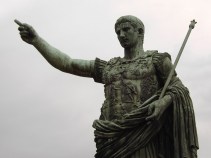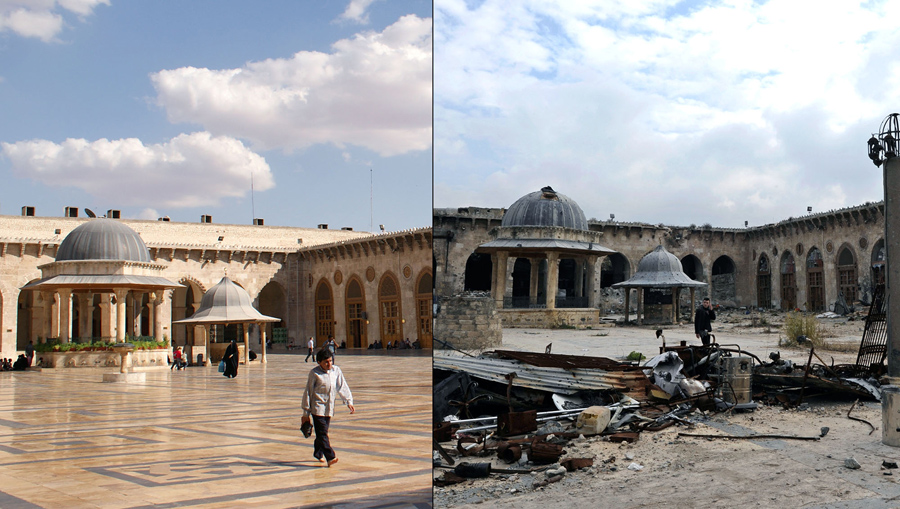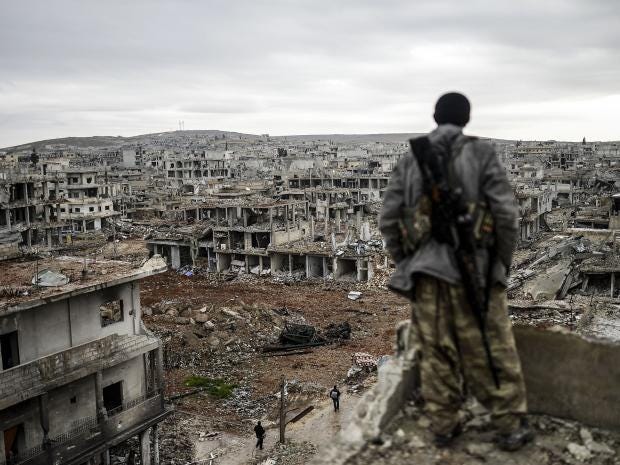When one reflects upon what made an empire so successful centuries ago the common remarks would most likely relate to power, wealth, influence, and territory. And for the most part these characteristics are displayed by the major powerhouse nations throughout the developed world but an underlying collection of some of the most powerful empires in the modern world have been purposefully lying in a blanket of obscurity to further expand their influence and power. Through the selling of illegal narcotics and contraband, human trafficking, and brutality, the most powerful criminal syndicates across the globe have branched out internationally and have formed a collection of discrete modern empires that can level the power and wealth of nations.
According to The United States of America Department of Justice an international criminal organization is defined as, “those self-perpetuating associations of individuals who operate internationally for the purpose of obtaining power, influence, monetary and/or commercial gains, wholly or in part by illegal means, while protecting their activities through a pattern of corruption or violence.” Similar to the Roman Empire there is a constant push for “more”; whether it is more power, more territory, more material wealth, or more influence. The biggest differences between the empires of yesterday and today are the public perceptions of criminal empires and the more discreet manner in which modern criminal syndicates proceed to expand their empires.
When the components of what makes a criminal empire are presented the similarity between these new illegal syndicates and the war-bound empires of the past is striking. The rate at which these organizations have expanded and diverged is phenomenal as observed in an article by Chris Matthews, with multi-billion dollar organizations in Japan, Russia, and the United States thriving from drugs, extortion, and sex (Fortune). While empires of the past have stormed other nations the mobs of today impose their men on every street corner with drugs and other illegal substances to turn profit and claim land. And while the Romans would adopt all captured territories into their nation, the criminal syndicates would pick up members for their organization to increase the force behind their name. It is through this meticulous process of claiming small portions of land while imposing their presence upon the people within their streets that criminal empires of today have expanded. The manner in which these various criminal organizations establish their dominance and continually pursue expansion is not too distinct from the methods of historic empires so despite the differences in the presentation of these empires the ultimate drive for power is identical.
United States of America Department of Justice, “International Organized Crime.” https://www.justice.gov/criminal-ocgs/international-organized-crime .
Federal Bureau of Investigation, “Organized Crime.” https://www.fbi.gov/investigate/organized-crime .
Matthews, Chris,”Fortune 5: The Biggest Organized Crime Groups in the World.” Fortune, 14 September 2016, http://fortune.com/2014/09/14/biggest-organized-crime-groups-in-the-world/?iid=sr-link1 .



























